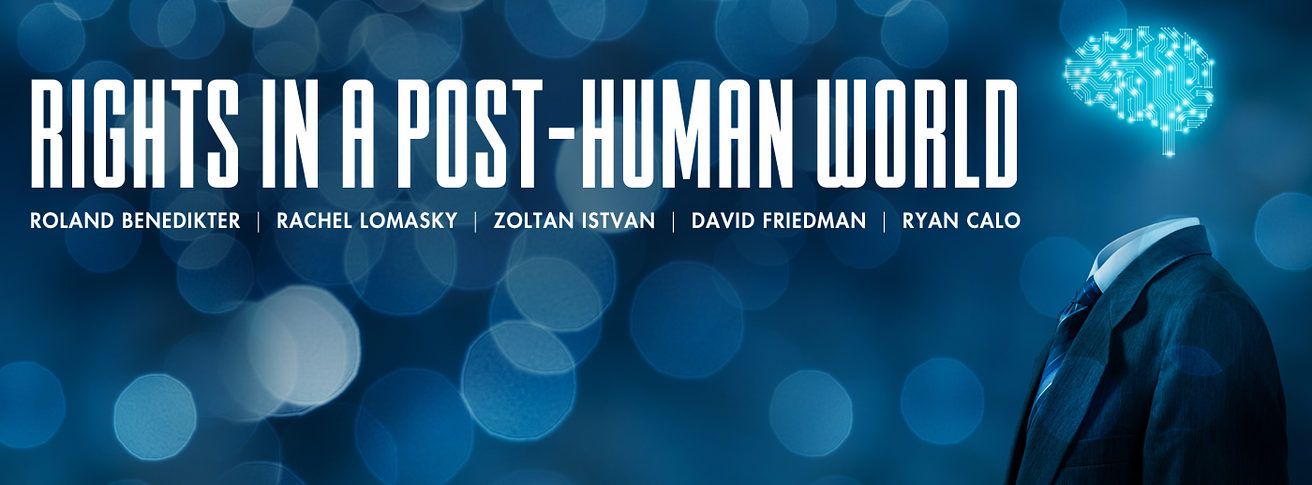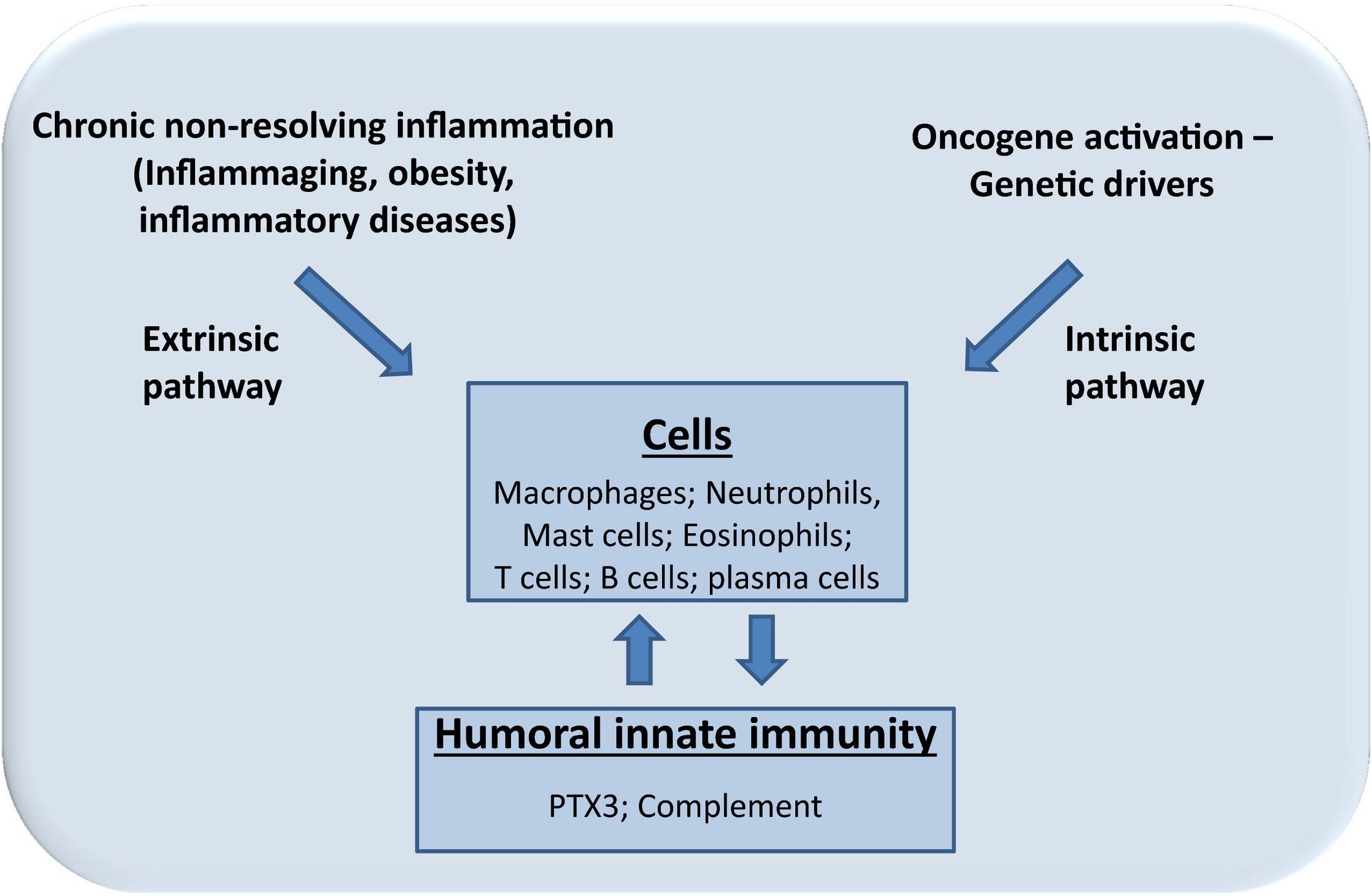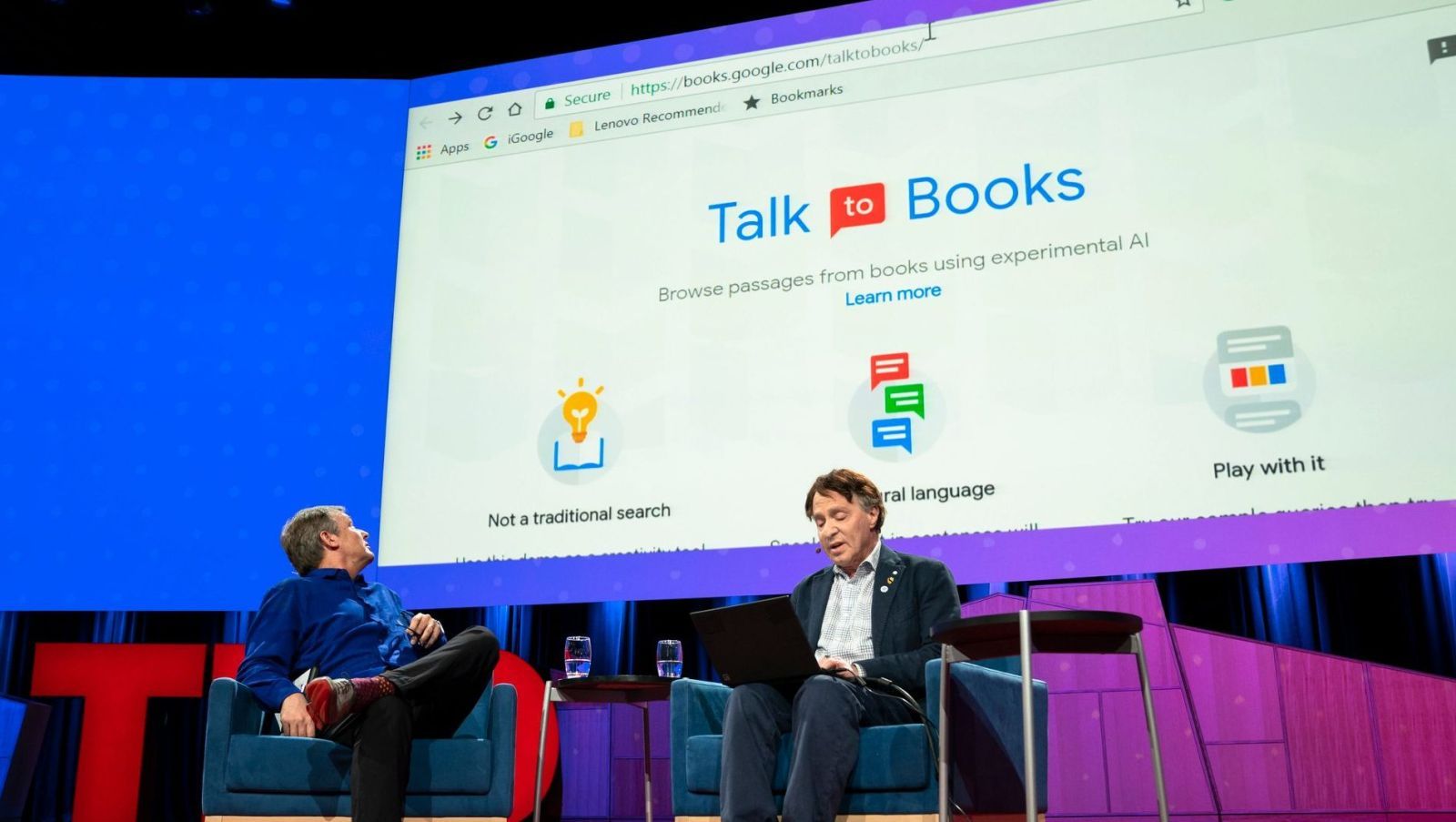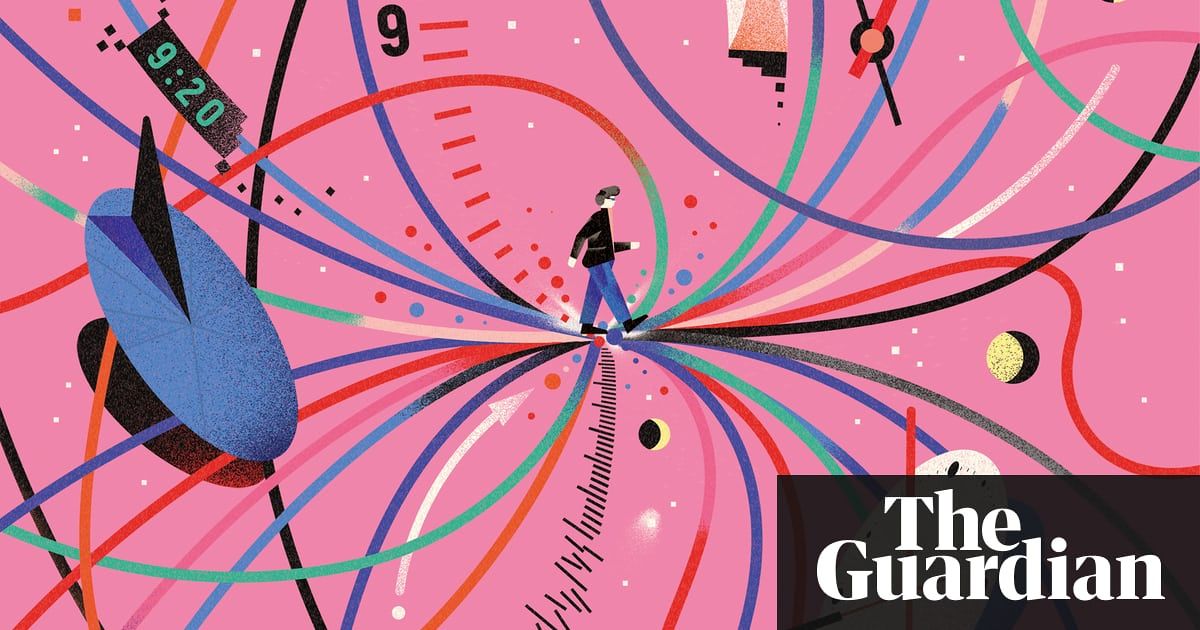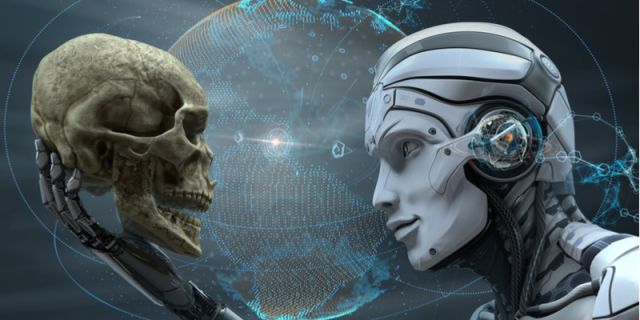
Https://paper.li/e-1437691924#/
When we speak of posthumanism we refer to the expansion of the “natural” faculties of the human being, and more concretely to the fusion between meat and digital technology …
According to Wikipedia a cyborg is an “organism that has restored function or enhanced abilities due to the integration of some artificial component or technology that relies on some sort of feedback”. For the essential author Donna Haraway “the cyborg is a figure born from the interface between the automaton and autonomy”. As blogger and author Plácida Ye-Yé explains for Haraway “the cyborg is at the same time what we are –carnality- and what we can be –future cyborg, emancipatory possibilities-” therefore “if our future depends on thinking differently, the cyborg offers us a transitory ontology for the present, an imagery that recognizes the process of constant redefinition that is going to suppose take on the new era”. Evidently this theories affect a large number of topics: technology, epistemology, politics, science, art, or feminism.
In reference to this hybridation between humans and communication machiens catalonian philosopher and UOC teacher Pau Alsina explains in his text “Humanism 2.0: Art, science, technology and society” that “the image of the body and the body itself are found in the impacts caused by the information and communication technologies, seeing themselves in this way propelled to the understanding of the new experiences that come to us”. This point of view includes –from the perspective of Derrick de Kerckhove – the creation of new types of human typologies identities, and sensorial experiences like: teleception, expansion, multiple personality or proprioception.


